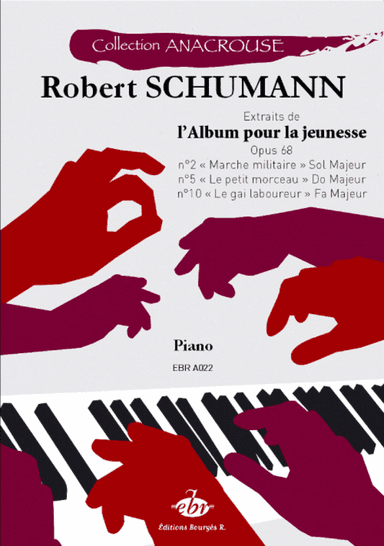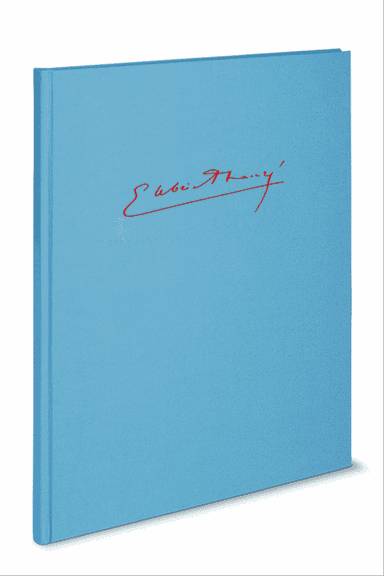Unavailable
Solos for Young Violinists, Volume 2 is currently unavailable
We can no longer provide this arrangement through Sheet Music Stores. The listing stays online so you can learn about the piece and explore alternatives.
Try these next steps
- Discover similar sheet music curated for you below.
- Search for “Solos for Young Violinists, Volume 2” across our catalog.
About this arrangement
Solo violin and piano accompaniment - Difficulty: medium-difficult SKU: AP.0989 Volume 2. Selections from the Student Repertoire. Edited by Judi Gowe. Music Prodigy; Solo; String - Violin Studies or Collection; Suzuki. Suzuki Method. Companion CD also available. Classical. Set of performance parts. 88 pages. Alfred Music #00-0989. Published by Alfred Music (AP.0989). ISBN 9780874879896. UPC: 029156200331. 9x12 inches. English.SOLOS FOR YOUNG VIOLINISTS is a graded series that contains works ranging from elementary to advanced levels and represented an exciting variety of styles and techniques for violinists--a valuable listening resource for teachers and students of all ages. The piano tracks, recorded on the second side of each tape or the second half of each CD, give the violinists the opportunity to practice with accompaniments. This series can be used by any violinists and is supplementary to any method or course of study. Many of the pieces in this collection have long been recognized as stepping stones to the major violin repertoire, while others are newly published works. About Suzuki MethodThe Suzuki Method is based on the principle that all children possess ability and that this ability can be developed and enhanced through a nurturing environment. All children learn to speak their own language with relative ease and if the same natural learning process is applied in teaching other skills, these can be acquired as successfully. Suzuki referred to the process as the Mother Tongue Method and to the whole system of pedagogy as Talent Education. The important elements of the Suzuki approach to instrumental teaching include the following:an early start (aged 3-4 is normal in most countries); the importance of listening to music; learning to play before learning to read; -the involvement of the parent; a nurturing and positive learning environment; a high standard of teaching by trained teachers; the importance of producing a good sound in a balanced and natural way; core repertoire, used by Suzuki students across the world; social interaction with other children. Suzuki students from all over the world can communicate through the language of music.
Related sheet music
![Sonata for Piano N 5 /Three Romances Without Words, op. 17 N 52 / Mazurka N 8 / Prelude [and Fugue] N 17 / Gavotte N 14 / Short Pieces, op. 84 N 147 / Mazurka, op. 32 N 75 / Five Impromptus](/_next/image?url=https%3A%2F%2Fwww.sheetmusicplus.com%2Fon%2Fdemandware.static%2F-%2FSites-smp-main%2Fdefault%2Fdwe9afa005%2Fimages%2F4808%2F21874808_cover-large_file.png&w=384&q=75)

HALLELUJAH HAENDEL PIANO - BEGINNER/INTERMEDIATE (arr. David Puc N)
david puc n, transcription david puc n, george f haendel

A. N. Scriabin - Poem "Vers la flamme", Op. 72, Orchestrated by A. Leytush
a. n. scriabin

3 Piècettes Opus 68 : n°2 "Marche militaire" - n°5 "Le petit morceau" - n°10 "Le gai laboureur"
robert schumann


I've Come Home ( from the Musical Show, "Nauvoo Adventure" by Nonie N. Sorensen
nonie n. sorensen

Sonate n°20 Opus 49 n°2 (Collection Anacrouse)
ludwig van beethoven

3 NG?N N?N LUNG LINH (arr. Le Nhat Quang)
various, le nhat quang, ngoc le

Learn To Play Guns N' Roses
guns n' roses

BA NG?N N?N LUNG LINH (arr. Le Nhat Quang)
le nhat quang, ngoc le

Intercant MI ALABANZA - La sinfonía de mi ser - Score + Set of Parts (arr. Transcription by David Puc N)
transcription by david puc n

HALLELUJAH/ALELUYA George F Haendel SCORE (arr. David Puc N)
david puc n, transcription david puc n, george f haendel